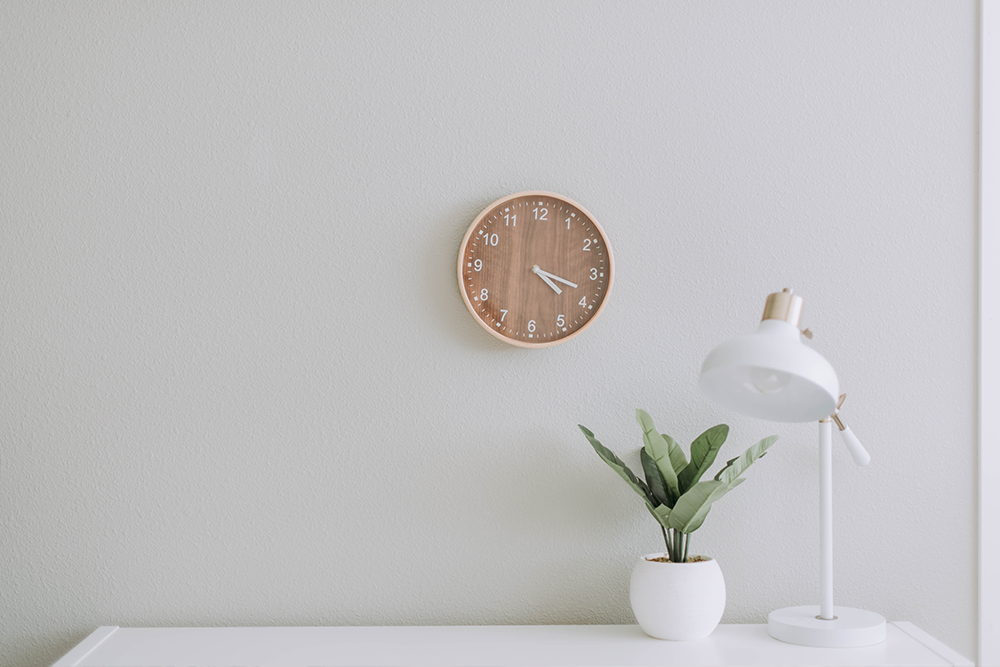
Platelet-rich plasma (PRP) injections promote healing and can be used to revitalise the skin.
A component of blood, plasma carries proteins, hormones and nutrients to various parts of the body. Platelets, on the other hand, are tiny bloods cells that help in the formation of blood clots. Platelet-rich plasma is a high concentration of one’s own platelets in plasma — when injected, this formulation helps to accelerate the body’s healing process. Read on to find out how PRP injections work, and what issues they can help to resolve…
What is the purpose of PRP injections?
PRP injections promote healing, and can be used to stimulate the growth of new and healthy cells. As such, the treatment can be used for a number of purposes, including the treatment of muscle, tendon and joint injuries. PRP injections also have a number of cosmetic uses — when injected into the skin, the treatment can help to reduce visible scarring, as well as fine lines and wrinkles.
What does the process involve?
If you choose to go ahead with PRP treatment, your practitioner will draw a blood sample from the site of treatment. The blood will then be placed into a machine known as a centrifuge — the centrifuge spins the blood, causing it to separate into different components. The separated plasma is then prepared for injection. When it has been thoroughly prepared, the PRP substance is injected into the target area.
Most patients are able to resume their usual activities immediately after PRP treatment. It is important, however, that you take care of the site of treatment. Results will not appear immediately, but you will begin to see a change in the appearance of your skin over the course of a few weeks or months.
Does it really work?
There are a number of studies that suggest that PRP injections can help to resolve certain skin conditions, including acne, scarring, melasma, fine lines and wrinkles. The treatment can also promote the healing of damaged tissue and tendons.
It is important to note that it does take time before the results of PRP treatment are noticeable. In some cases, it may be necessary to come in for follow-up treatments. Your practitioner will let you know how many treatment sessions will be best for you, depending on your particular needs and aesthetic goals.
Are there any side-effects?
PRP injections are generally require very little, if any, downtime. There are, however, a few possible side-effects. Some of the potential risks of the treatment include nerve injuries; infection; tissue damage; bruising; and pain at the site of injection. Your practitioner will discuss these side-effects with you at your initial consultation and address any questions or concerns that you have.
Because PRP comes directly from the patient’s own body, the risk of allergic reaction is extremely low. This is one of the key benefits of the treatment.
How can we help?
At Cranford House Plastic Surgery, we offer a number of non-surgical treatments designed to revitalise the skin. If you would like to freshen up and rejuvenate your skin, you might consider platelet-rich plasma (PRP) injections.
If you would like to find out more about the treatment and how it works, please have a look here.
Besides PRP injections, we also offer a range of other non-surgical skincare treatments. These include Intense Pulsed Light (IPL) therapy; chemical skin peels; dermal fillers; and anti-wrinkle injections. If you would like to find out more about our non-surgical treatments, please have a look here.
If you would like to arrange a consultation to see us, please don’t hesitate to get in touch here or give us a call on 08 7070 0596. We look forward to welcoming you to our practice in Adelaide and helping you achieve refreshed and revitalised skin.
Don’t forget to share this via Facebook, Twitter, Google+, Pinterest and LinkedIn.